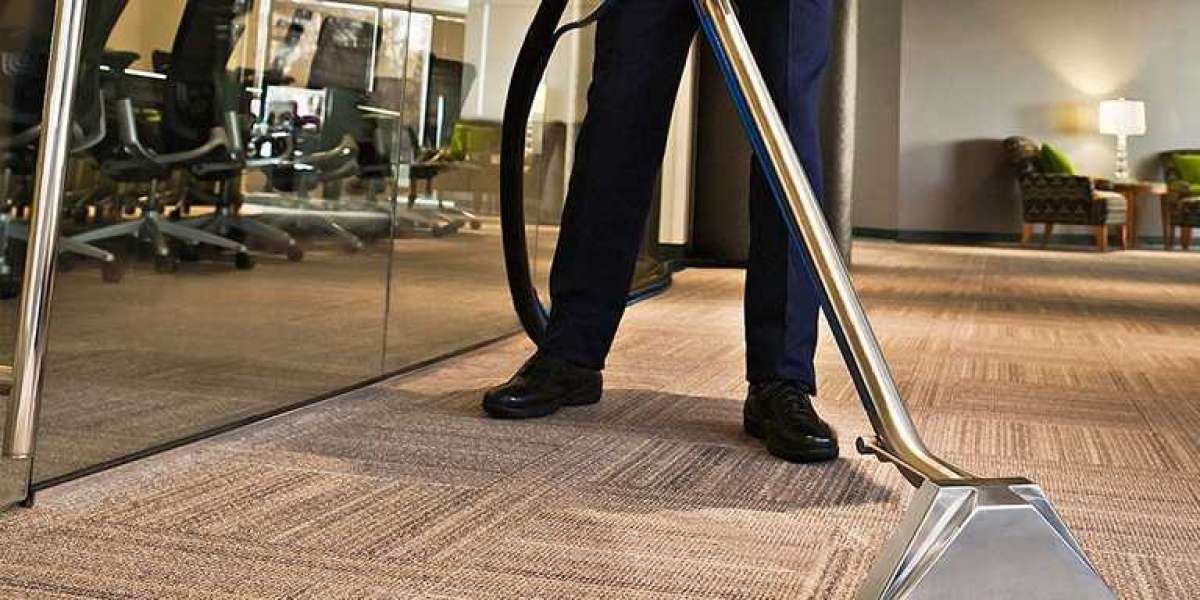Electrical Terminal Blocks (also known as connection terminals or screw terminals) are modular, insulated sections that fasten two or more wires together and consist of an insulating frame and a clamping component. Often associated with DIN rails in either IEC or NEMA rating, their adjustability allows wiring to be centralized and makes it easier to manage complicated control circuits. Today's control wiring solutions are gradually becoming more and more complex as equipment is constrained to smaller and smaller spaces, and industry calls for more responsiveness and higher amounts of automation. Within the control board, these modular components are snapped firmly into place on a mounting rail.
When modifications in the circuit must be carried out, terminal blocks can be easily added or removed from the rail without interfering with other wire terminations. In addition to minimizing complexity of control wiring, the plastic frames of terminal blocks also protect against shorts and subsequently provide increased safety to installers and service crews.
Rheostats
Insulating Body
The insulating body houses the current carrying elements. The body insulates the wire termination to reduce heat produced when current traverses through the wires. It also supplies a base for the clamping system and other elements including switches and fuses. The body of the terminal block has specially constructed holes for easy access to the clamping screws. The body also has a mounting foot that allows the terminal block to be clipped on and off the mounting rail without experiencing deterioration. The space saving style of a typical modular block allows high-density circuits to fit in a standard control panel. A 5mm wide block can deliver up to 60 terminations per linear foot. Standard 6mm single level blocks produce up to 50 terminations per linear foot; double level blocks can manage up to 100 terminations per foot.
Mounting Block Construction
Mounting block bodies can be constructed from Polyamide 6.6, Melanie 150, or Ceramic.
Polyamide 6.6 is a sturdy thermoplastic material, manufactureded to work under any atmosphere and remain elastic and fracture proof from -40 degrees Celsius to 105 degrees Celsius. This substance offers high insulation, tracking resistance and a high flammability score. The durability and ease of handling of this material makes it the most frequently used.
Melanine 150 is a resin-based thermoset plastic with an organic filler. Despite the fact that it's a far more fragile material than Polyamide 6.6, Melanine provides a high level of resistance to heat radiation. It is highly recommended for purposes where the continuous running temperature is anywhere between 110 degrees Celsius and 140 degrees Celsius.
Ceramic is an exceptionally rugged material that can be utilized in extremely high temperatures approaching 250 degrees Celsius. Ceramic blocks can also operate in industrial plants with excessive dust deposits and abnormally corrosive atmospheres.
Polyamide 6.6Polyamide 6.6 is an elastic plastic with high impact strength, halogen-free and UV-resistant characteristics, good tropical and termite resistance, high chemical resistance and excellent aging attributes.
Current Carrying Parts
The current carrying parts consist of a current bar and a clamping device. The current bar, at the core of the insulating body, is constructed from copper or brass. The clamping device fastens the wire in the terminal block and creates a dependable electric connection between the wire and the current carrying bar. The dimension of these current carrying parts varies in regard to the amperage/wire size and the construction of the block itself. Depending upon terminal block layout, wires can be clamped in position using screws, a combination of screws and pressure plates, wire cages or spring clamps. A screw is the easiest method of connection: A screw is utilized to secure the wire against the current bar. With screws and a pressure plate, the wire is constrained with a metallic plate, which fastens the wire when the screw is secured. With a wire cage, when the screw is tightened, a cage pulls upward and squeezes the conductor against the current bar. The large contact area provides exceptional contact properties. Because the screw does not have immediate contact with the conductor, wire damage is prevented. Even thin stranded wire can be connected without the use of additional Ferrules or wire pins. Terminal Block Manufacturers’s Spring clamps require a tool to open. The clamp encloses the wire to provide dynamic clamping. This extra holding action endures vibration.






